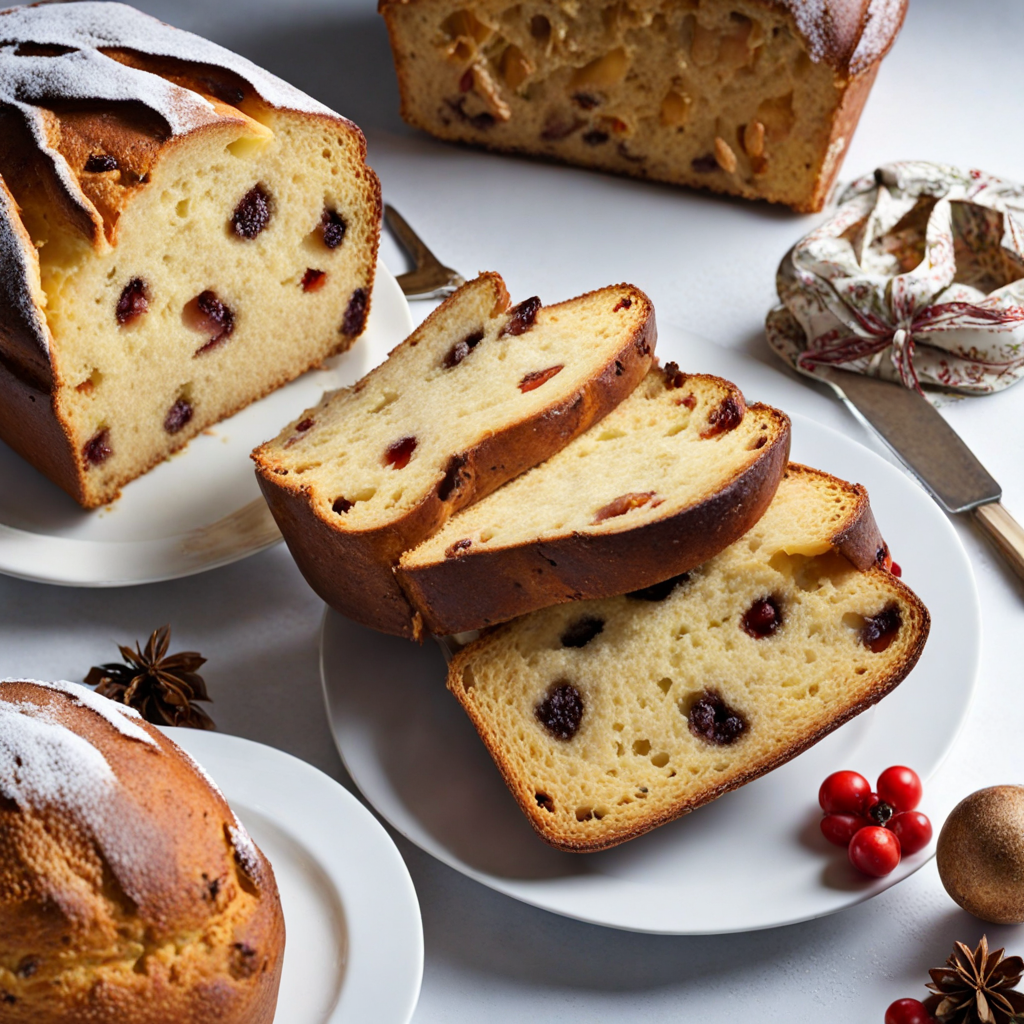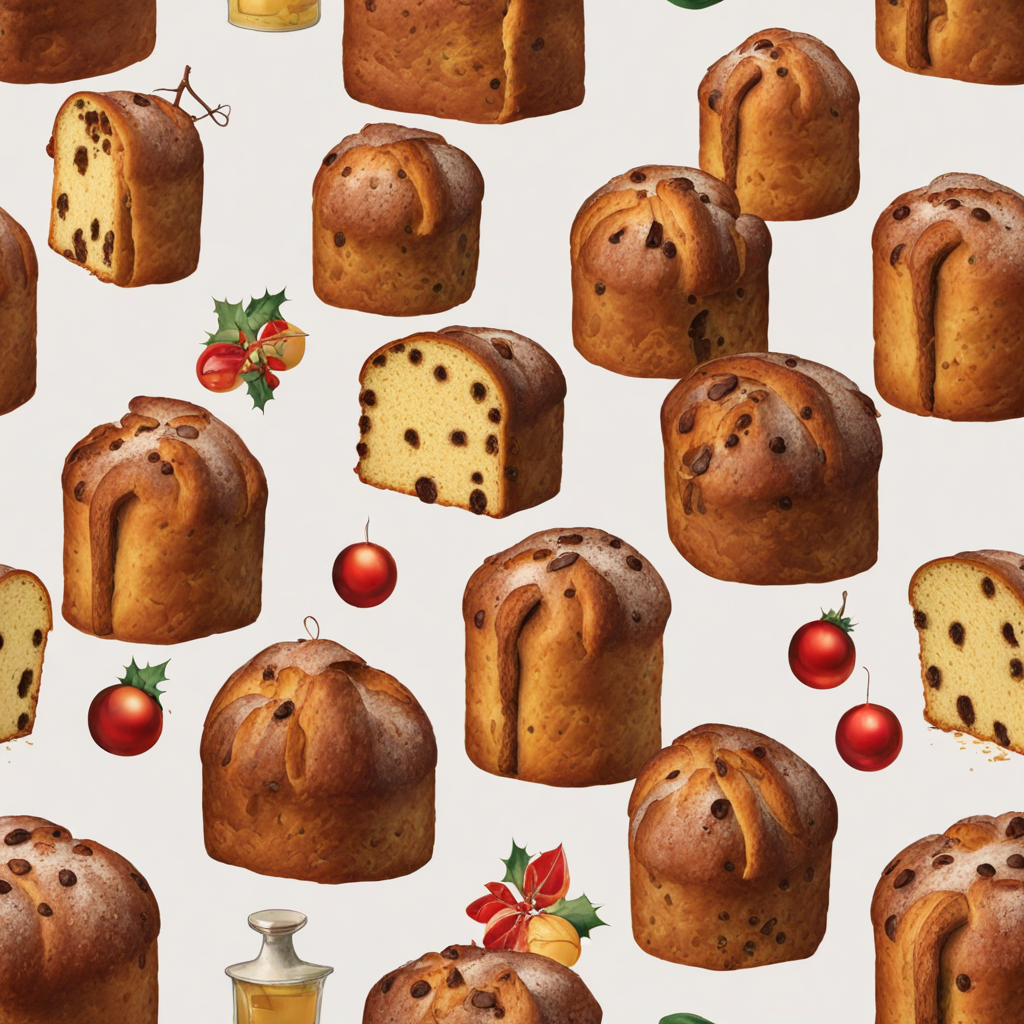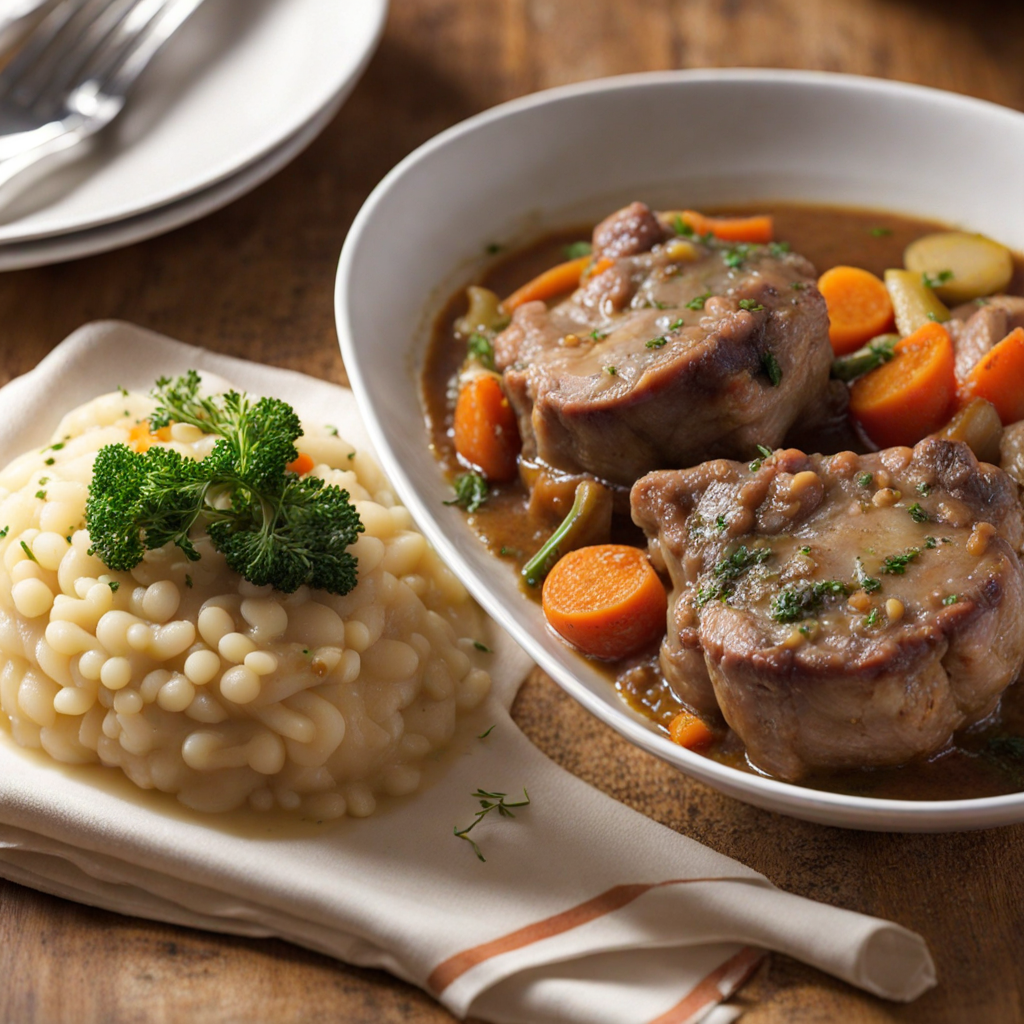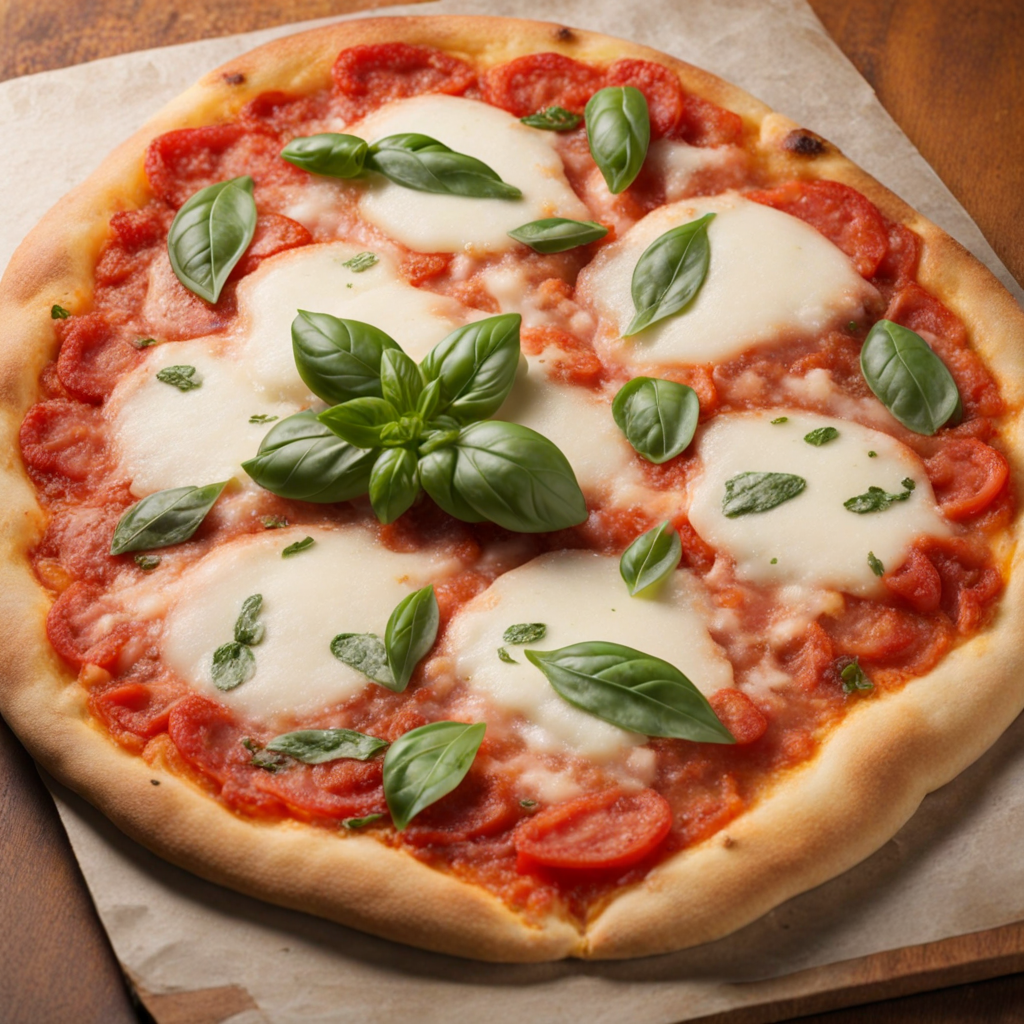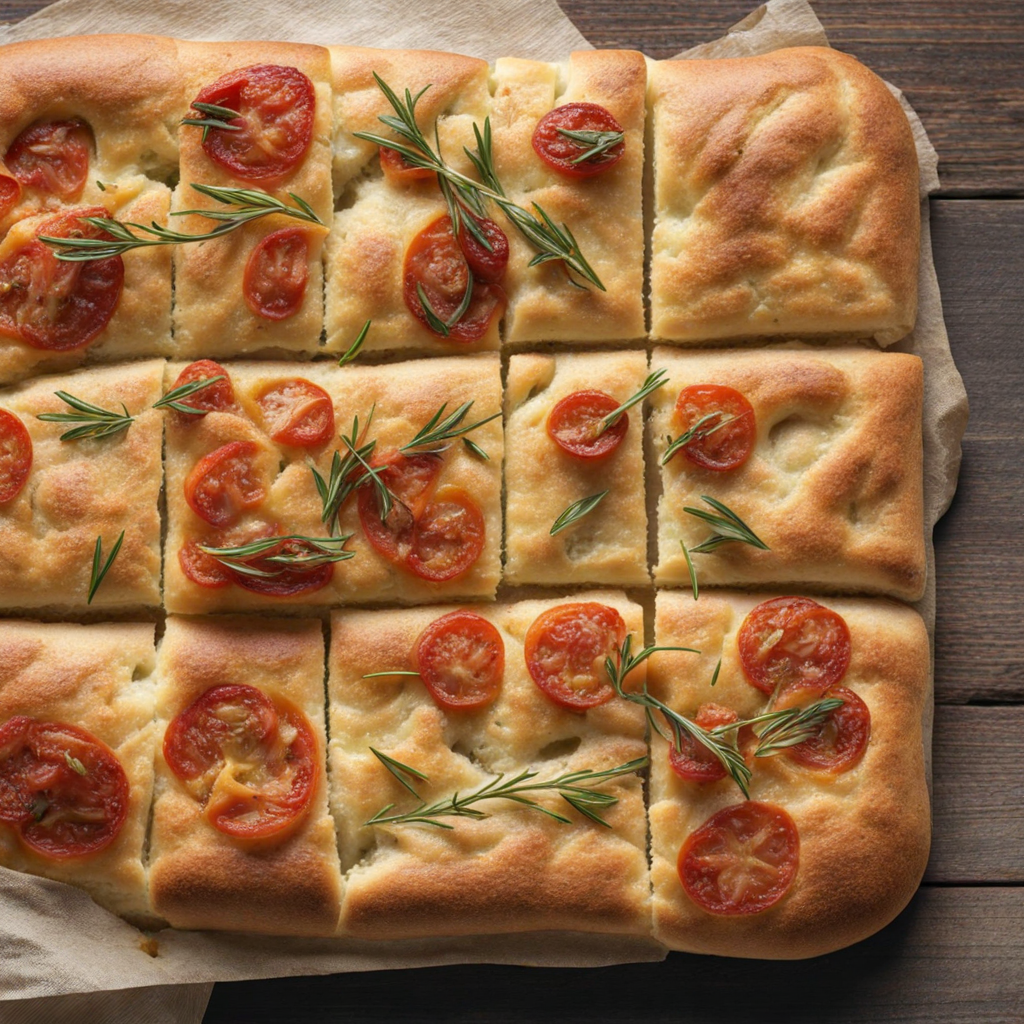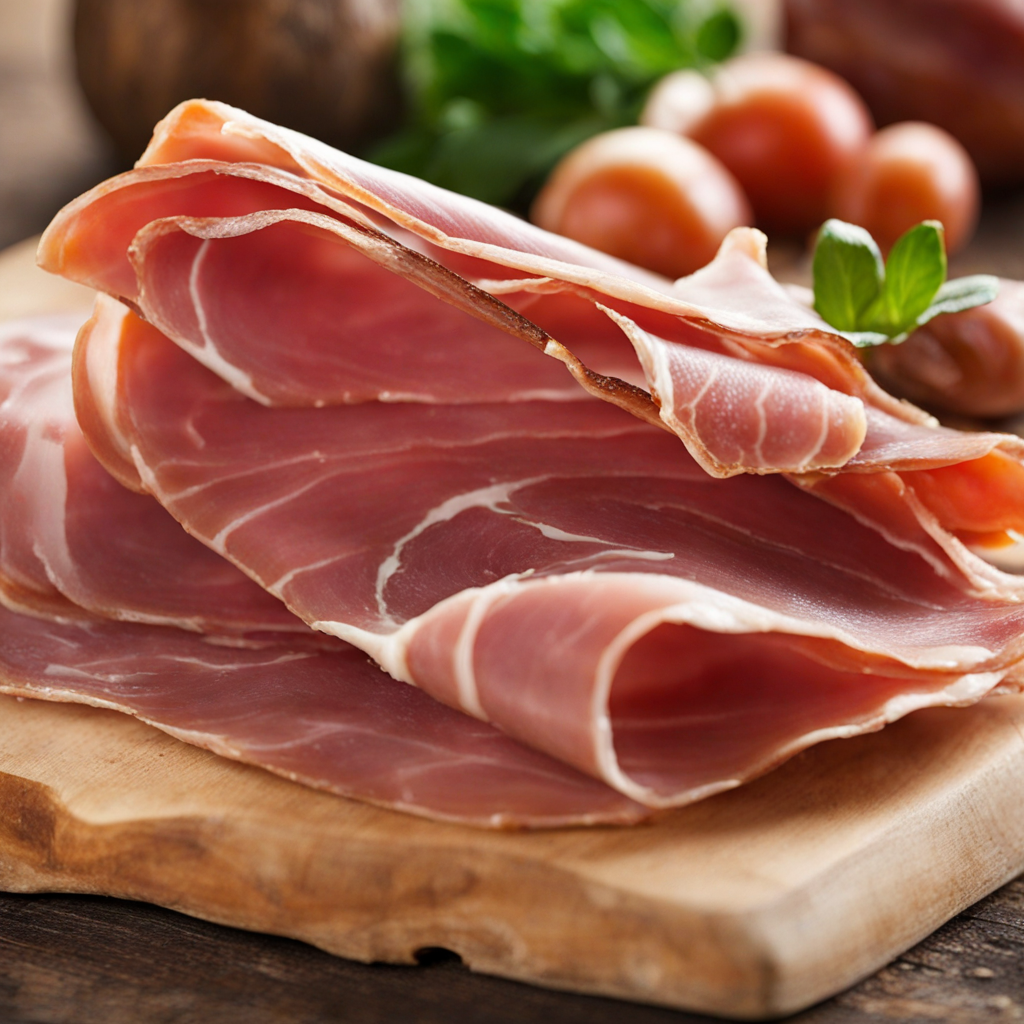Panettone
Panettone is a traditional Italian sweet bread loaf that originates from Milan, celebrated for its rich and fluffy texture. This delightful treat, which typically rises to a domed shape, is made with a dough that includes flour, eggs, sugar, and butter, resulting in a soft and airy crumb. The process of making panettone is quite intricate, involving a slow fermentation that can take several days, which contributes to its unique flavor profile and lightness. The golden crust, often glazed with sugar, adds a satisfying crunch that contrasts beautifully with the tender interior. One of the hallmark features of panettone is its generous inclusion of dried fruits, such as candied orange peel, raisins, and lemon zest, which impart a refreshing zestiness to each bite. This combination of flavors creates a delightful balance between sweet and citrusy notes, making it an irresistible treat, especially during the festive season. Some variations even incorporate chocolate or nuts, offering a modern twist on the classic recipe and appealing to a broader range of palates. Traditionally enjoyed during Christmas and New Year celebrations, panettone is often served alongside a glass of sweet wine or espresso, enhancing its indulgent experience. It can be sliced and shared with family and friends, or enjoyed as a personal treat, toasted with a pat of butter, or used in creative desserts like bread pudding. Each bite of panettone transports you to the charming streets of Italy, making it a perfect choice for those looking to explore a new and delightful taste.
How It Became This Dish
Origins of Panettone The story of panettone begins in Milan during the late Middle Ages, with its roots steeped in culinary tradition and local lore. One popular legend attributes its creation to a young baker named Toni who worked for the Duke of Milan, Ludovico il Moro, in the 15th century. According to the tale, Toni accidentally burnt a rich fruit bread meant for a festive occasion. In a moment of resourcefulness, he improvised with leftover dough, candied fruits, and raisins, resulting in a sweet bread that delighted the duke and guests alike. This creation, initially called "pane di Toni" (bread of Toni), eventually evolved into the panettone we know today. Historically, panettone was a luxury item, typically reserved for special occasions and celebrations, particularly Christmas and New Year. The combination of rich ingredients like butter, sugar, and candied fruits made it a symbol of festive abundance. The bread's tall, dome-shaped form was distinct and visually appealing, making it a centerpiece on holiday tables across Italy. \n\n Cultural Significance Panettone is more than just a dessert; it encapsulates Italian cultural values of family and celebration. In Italy, the preparation and sharing of panettone during the Christmas season are steeped in tradition. Families often come together to bake and enjoy this sweet bread, reinforcing bonds and passing down recipes through generations. The act of serving panettone is symbolic, representing hospitality and generosity, as it is commonly offered to guests during festive gatherings. Moreover, panettone has transcended its local origins to become a symbol of Italian identity worldwide. It is frequently gifted during the holidays, with beautifully packaged versions sold in shops and markets, showcasing Italian craftsmanship. The bread is often accompanied by a glass of dessert wine or a steaming cup of coffee, further enhancing the communal experience of indulgence and joy. \n\n Development Through the Ages The evolution of panettone has been significant since its inception. In the late 19th century, with the advent of industrialization, panettone started to be mass-produced. This shift allowed for a wider distribution, making the sweet bread accessible to the broader public. Renowned bakeries began producing their own versions, each adding unique twists and flavors while adhering to traditional recipes. In the early 20th century, panettone gained international acclaim, particularly after Italian immigrants took their recipes to various parts of the globe. In the United States, for example, panettone became a popular holiday treat among Italian-American communities. The bread's reputation as an exquisite dessert led to it being featured in upscale restaurants and gourmet shops, further entrenching its status in the culinary world. \n\n Modern Variations Today, panettone is available in countless variations, reflecting both traditional and innovative approaches to its preparation. While the classic recipe features candied orange peel, raisins, and lemon zest, modern bakers experiment with flavors such as chocolate, pistachio, and even exotic fruits. Some artisans have developed gluten-free and vegan versions to accommodate dietary preferences, ensuring that panettone remains relevant in contemporary cuisine. The development of artisanal panettone has also become a trend, with bakers focusing on high-quality ingredients, longer fermentation processes, and traditional baking techniques. These artisanal versions are celebrated for their complex flavors and textures, leading to a renaissance of interest in this iconic bread. Enthusiasts often attend annual panettone competitions, where bakers showcase their skills and creativity, further elevating the status of this beloved treat. \n\n Festive Traditions and Celebrations In Italy, the arrival of the Christmas season is often heralded by the scent of baking panettone. Many families partake in the tradition of making their own bread, ensuring that each loaf reflects their unique family heritage. Some regions even have specific variations that incorporate local ingredients, such as chestnuts or dried figs, showcasing Italy's rich regional diversity. In addition to Christmas, panettone is also enjoyed during other celebrations, such as weddings and birthdays. Its sweet, rich flavor makes it an ideal choice for marking special occasions. In some areas, it is customary to serve panettone with a glass of sparkling wine, creating a festive atmosphere that enhances the experience of sharing the bread with loved ones. \n\n Global Influence and Legacy As the popularity of panettone spread internationally, its influence on other cultures began to emerge. In Latin America, for instance, variations of panettone have developed, blending Italian traditions with local flavors and ingredients. Countries like Brazil and Argentina have adopted the bread, often incorporating tropical fruits and nuts, leading to unique regional interpretations of this classic Italian treat. The legacy of panettone is also evident in the culinary world, where it has inspired numerous desserts and pastries. Chefs and bakers worldwide have drawn from its rich flavor profile and unique texture, creating innovative dishes that pay homage to this traditional bread. From panettone bread pudding to panettone French toast, its influence continues to resonate in contemporary cuisine. \n\n The Future of Panettone As we look to the future, panettone remains a dynamic part of Italian culinary heritage. With the increasing interest in artisanal baking and a return to traditional methods, the authentic values associated with panettone are being preserved and celebrated. The bread's adaptability to modern tastes ensures that it will continue to evolve while retaining its cultural significance. Moreover, as global cuisine becomes more intertwined, panettone's role as a versatile and beloved treat positions it favorably in the culinary landscape. Whether enjoyed in its classic form or as part of innovative new recipes, panettone will undoubtedly remain a cherished symbol of celebration, family, and Italian culture for generations to come.
You may like
Discover local flavors from Italy


